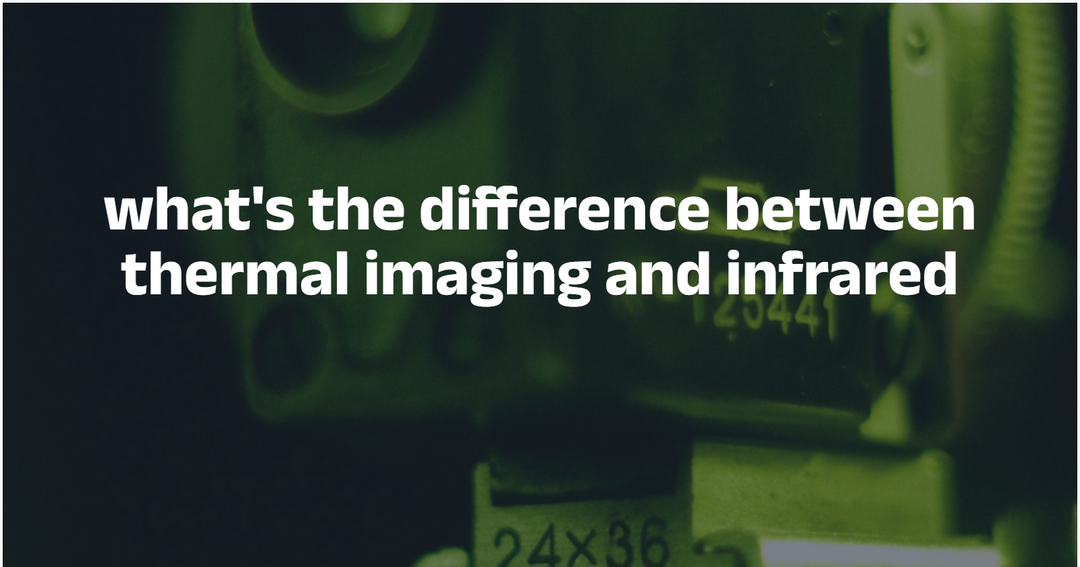Cat5e vs Cat6 vs Cat7: How to Identify Ethernet Cable Types
Choosing the right Ethernet cable can be confusing, especially with so many options like Cat5e, Cat6, and Cat7. Whether you're setting up a home network or troubleshooting slow internet, understanding cable types is essential for ensuring high-speed, reliable connections.
In this guide, we’ll break down the key differences between Cat5e, Cat6, and Cat7 cables, and help you learn how to identify them by appearance, labeling, and performance.
1. What Does “Cat” Mean in Ethernet Cables?
“Cat” stands for “Category,” and it indicates the cable’s performance level, especially in terms of bandwidth and speed. The higher the number, the more advanced the cable typically is.
| Cable Type | Max Speed | Max Bandwidth | Common Usage |
|---|---|---|---|
| Cat5e | 1 Gbps | 100 MHz | Home & small office |
| Cat6 | 1-10 Gbps* | 250 MHz | Modern office & gaming |
| Cat7 | Up to 10 Gbps | 600 MHz | Data centers & high-speed |
*10 Gbps only supported for short distances (up to 55m)
2. Physical Differences Between Cat5e, Cat6, and Cat7
a. Jacket and Markings
- Cat5e: Usually marked "Cat5e", thin and flexible, often without shielding.
- Cat6: Thicker with better insulation and optional shielding, labeled "Cat6".
- Cat7: Thick, shielded, and printed with “Cat7”.
b. Internal Construction
- Cat6/Cat7 may include a plastic separator between pairs to reduce crosstalk.
- Cat7 uses individually shielded pairs for maximum interference protection.

3. Performance & Use Case Comparison
| Feature | Cat5e | Cat6 | Cat7 |
|---|---|---|---|
| Shielding | No | Optional | Yes (Always Shielded) |
| Interference Control | Low | Moderate | High |
| Cost | Cheapest | Moderate | Expensive |
| Ideal For | Internet surfing | HD streaming | 4K gaming, servers |
4. How to Identify Ethernet Cables at a Glance
Step-by-step tips:
- Look for the label: Check the printed text on the jacket.
- Check the thickness: Cat7 is stiffer and bulkier.
- Inspect the connector: Cat7 may use GG45 or shielded RJ45.
- Shielding: Peel the jacket slightly (if safe) to confirm foil or braid.

5. Do You Really Need Cat7?
For most home users, Cat6 is more than enough for gaming, 4K streaming, and video calls.
Cat7 is ideal for:
- NAS servers
- Network switches
- Smart home future-proofing
Conclusion
Understanding the difference between Cat5e, Cat6, and Cat7 can help you make better decisions when purchasing Ethernet cables. For most users, Cat6 offers the best balance between cost and performance.
Want a fast, affordable way to test and identify your cables?
Check out Noyafa’s network cable testers for quick diagnostics and verification.




